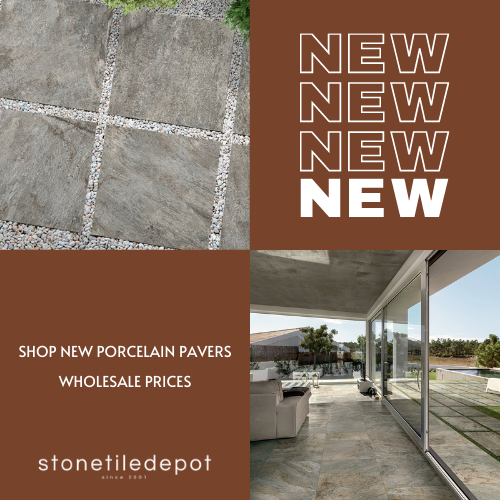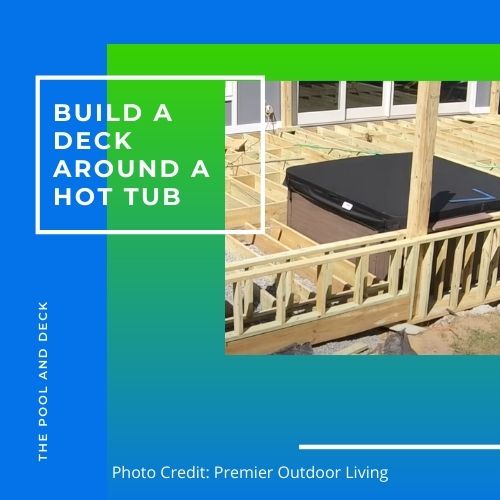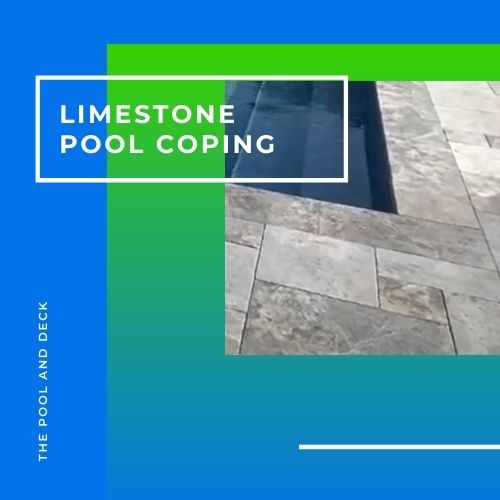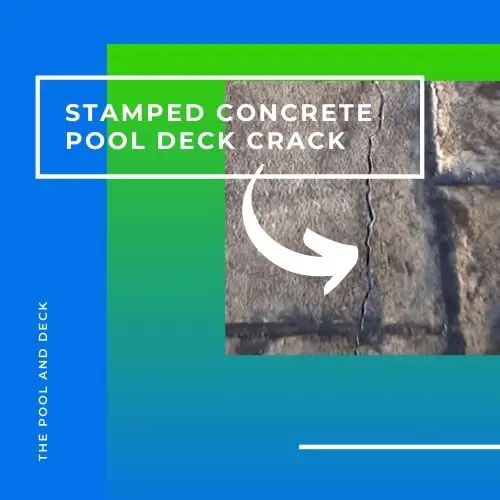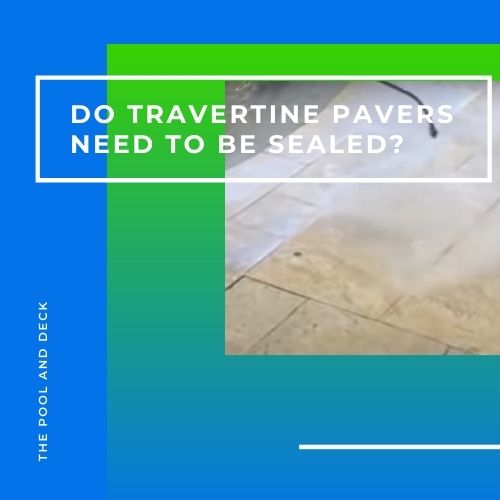Are Concrete Pool Decks Slippery? (Best Tips You Need to Know!)
thepoolanddeck.com is a participant in the Amazon Services LLC Associates Program, an affiliate advertising program designed to provide a means for sites to earn advertising fees by advertising and linking to Amazon.com . The website is also an affiliate of a few other brands. The affiliate links never increase your purchase price. We do appreciate your support. Thank you very much!
Table of Contents
Are Concrete Pool Decks Slippery?
Concrete is possibly one of the most common pool deck materials. Concrete is the workhorse of building industry due to its strength, durability, workability and affordable cost. A range of decorative finishes are also possible when it comes to pool decks. But are concrete pool decks slippery?
Concrete pool decks can be slippery, especially when wet. Concrete pool decks can be made less slippery, either by applying a topical sealer with a non-slip additive or giving a profile to the concrete surface.
The simplest and cheapest way to build a concrete pool deck would be to pour a 6” or 8” slab on grade. Most people would not be satisfied with this plain Jane industrial look. Not to worry! There are many finishing options available, such as:
- Brushed or Broomed Concrete
- Colored Concrete
- Stenciled Concrete
- Stamped Concrete
- Honed Concrete
- Polished Concrete
Choose the one that falls within your budget and meets your aesthetic expectations. Whatever, your choice, be aware that concrete pool decks are slippery when wet. Some more, some less.
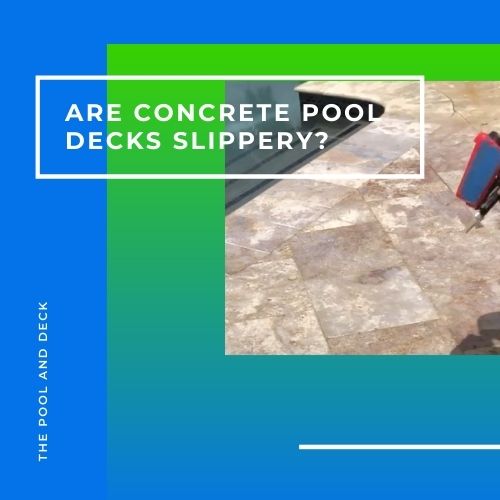
Why Is My New Concrete Slippery?
A surface, any surface, is considered slippery, if it is so smooth or wet or slimy that it is difficult to stand on it and maintain one’s balance. Notice the operative words are Smooth, Wet & Slimy.
A concrete pool deck could be described by any of those three words. Often all three!
Smooth
Concrete mix consists of fine particles (cement), coarse particles (sand & aggregates), water & entrapped air (for workability & curing). The poured concrete is leveled and floated. Leveling and floating ensures that the bigger particles (sand & aggregates) stay at the bottom and the finer particles (cement) rise to the top.
The process of floating gives the concrete slab a smooth surface once it cures. A new concrete is smoother than old concrete as it has not yet been abraded by foot traffic and weathering.
Smoothness is the lack of having a profile. Profile is what gives grip and makes a concrete pool deck less slippery.
Cured concrete must be sealed to increase the durability.
Silane-Siloxane penetrating concrete sealers penetrate deep into the concrete to chemically react and form a hydrophobic barrier within the pores. This reduces the absorption of water & chemicals and protects the concrete, from within.
Acrylic, PU or other types of topical concrete sealers penetrate enough to create a strong bond, but mainly form a film on the concrete surface. They protect the concrete from abrasion, weather and chemical spills.
Topical concrete sealers add smoothness to the surface.
Wet
It is only natural that pool decks will be wet, especially when kids are out there making the most of their summer break.
When a hard, non-absorbent surface like a concrete pool deck is wet, it means that there is film of water between your feet and the concrete. The water film works like a lubricant, much like grease on moving machinery parts. The grip or the resistance to horizontal motion between the two surfaces (the pool deck & your feet) is greatly reduced.
You could skid quite easily on a wet concrete pool deck, if you do not watch your step!
Slime
If you see any green or black spots on your pool deck, then that is, almost certainly, some kind of biological growth. Algae tops the list of suspects. But it could also be mold, moss or lichens. Whatever they are, they look disgusting, are slimy and will cause your concrete pool deck to become slippery.
As they say, prevention is better than cure. Clean your pool regularly and try to keep it dry as far as possible. Algae and mold thrive on moist, dusty substrates. A good practice would be to dry out the concrete pool deck with a squeegee, such as DSV Standard Professional Floor Scrubber Squeegee, after pool use.
If you still see some green or black spots, get rid of them as soon as possible. Scrape the algae or mold off when it is dry. Use a water-bleach or water-vinegar mixture on the stubborn spots and then use a power washer. You can also use a commercial deck cleaner such as Wet & Forget Cleaner for Easy Removal of Mold, Mildew and Algae Stains, available at Amazon.
TIP: Always test the chemicals and the pressure of the washer on a small spot to ensure they are not harming the deck surface.
How Do I Make My Concrete Pool Deck Less Slippery?
Like it or not, concrete pool decks will be slippery, some more some less, especially when they are wet. But there are tips & tricks to make them safe and less slippery. Here are the ones which are really helpful.
Non-Slip Additive in Sealer Coat
I am aware that a topical sealer coat on concrete makes the surface smoother and slippery. But the sealer also enhances the sheen and protects the concrete. Do not avoid coating the concrete pool deck with a couple of coats of a good quality topical sealer.
I recommend using Foundation Armor AR350 Solvent Based Acrylic Wet Look Concrete Sealer, every two or three years
The trick is to always use a good quality non-slip additive, either mixed into the sealer or broadcast over the still wet sealer coat. There are several popular brands such as SureCrete’s SureGrip, H&C SharkGrip or Matcrete’s Rhino Grip.
Mix & Match Concrete Finishes
There is nothing in the rulebook that says that you must have the same finish for your entire concrete pool deck.
Be creative and practical. Mix & match finishes. Prioritize function where function is required and aesthetics where aesthetics is required.
For example, use brushed concrete walkways from the lounge area to the pool. Brushed concrete is not slippery. Use stamped concrete around a fire pit on your pool deck that you use for alfresco dining, after pool hours. The combination of concealed lighting and wet look stamped concrete is magical.
Use Appropriate Footwear
The idea of water shoes or aqua socks is well accepted by ocean swimmers, snorkelers and surfers. So why not bring the same idea to your own backyard pool. Water shoes will protect you from
- a hot pool deck
- a rough pool deck
- a slippery pool deck
Speedo, the trusted name in performance swimwear, have an excellent and stylist range of water shoes. Check them out:
For the Ladies: Speedo Women’s Water Shoe Surfwalker Pro 3.0
For the Gents: Speedo Men’s Water Shoe Surfwalker Pro 3.0
Using a non-slip carpet or runner in high traffic areas will also make your deck safer. Take care, stay safe & happy swimming!
Thank you very much for reading the post. I do hope you found it informative and helpful.

